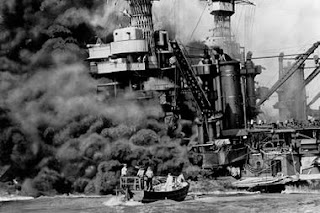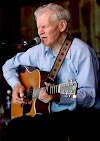d day
Pearl Harbor Day

Pearl Harbor Day. In the United States, the name alone means delight, conquer, and the rise of common purpose from ashes. Sixty years on, the Western delight assault on US makes constructed in Beautiful lovely hawaii is still one of the American individuals most highly effective traditional reminiscences.
Every year on Dec. 7 the state breaks to remember the 2,400 US employees who passed away that day, and the technology of standard people which found Pearl Harbor’s decreased banner and conducted to success in World War II.
“We look to November 7, 1941, to attract durability set by the example of these patriots and to recognition all who have diminished for our independence,” said Leader Government in his proclamation for Pearl Harbor Memorial Day 2011.
But seven decades later, Pearl Harbor also remains a mystery. More specifically, it remains an event that has produced some of the great unanswered questions of military history.
Why did the Japanese attack a nation whose industrial might was an order of magnitude larger? Why didn’t the US see the signs that a strike was coming? Who in the US chain of command was most responsible for American unpreparedness?
Today, historians continue to debate many of Pearl Harbor’s puzzles, producing new evidence and theories. Here are just a few of those continued conundrums.
Why weren't US bases on alert?
The first wave of Japanese aircraft hit Pearl Harbor at about 8 a.m. local time on Dec. 7, 1941. Within hours, Japanese forces also struck the Philippines, Wake Island, Guam, and other Pacific targets. US units everywhere were taken by surprise.
“The nakedness of America’s Pacific bases continues to puzzle posterity,” writes British journalist and historian Max Hastings in his gripping new history of World War II, “Inferno.”
Mr. Hastings dismisses claims that President Franklin Roosevelt allowed Pearl Harbor to be attacked to draw the US into war. But he says it is nonetheless “extraordinary” that the US political and military leadership did not ensure that Pearl Harbor and other Pacific bases were on full precautionary footing.
The late Gordon Prange, a University of Maryland professor who was perhaps America’s foremost authority on the attack, believed that the core problem was that the US government did not in its heart believe that its own warnings about imminent Japanese aggression were true.
“This fundamental disbelief is the root of the whole tragedy,” concluded Mr. Prange in his book, “At Dawn We Slept.”
A congressional committee conducted extensive hearings into the Pearl Harbor disaster after the war ended. Among its conclusions were that Army forces were so focused on training they lost sight of possible attack – and that Army commanders were so worried about sabotage they locked up anti-aircraft ammunition rather than distribute it to gun sites. The Navy did not maintain aircraft patrols at sea due to lack of equipment – but neither did commanders order a picket line of surface ships instead.
In the current issue of Naval History, a journal of the US Naval Institute, historians Jonathan Parshall and J. Michael Wenger argue that an overlooked answer to the question of why the US was surprised is that US commanders did not understand how quickly aircraft carrier warfare was evolving.
The Pearl Harbor strike plan involved the melding of planes from many carriers into a hornet swarm of attackers. That was a skill the US did not know the Japanese military possessed.
d day
Entertainment
News
pearl harbor
pearl harbor attack
Pearl Harbor Day
pearl harbour
today in history




Post a Comment
0 Comments